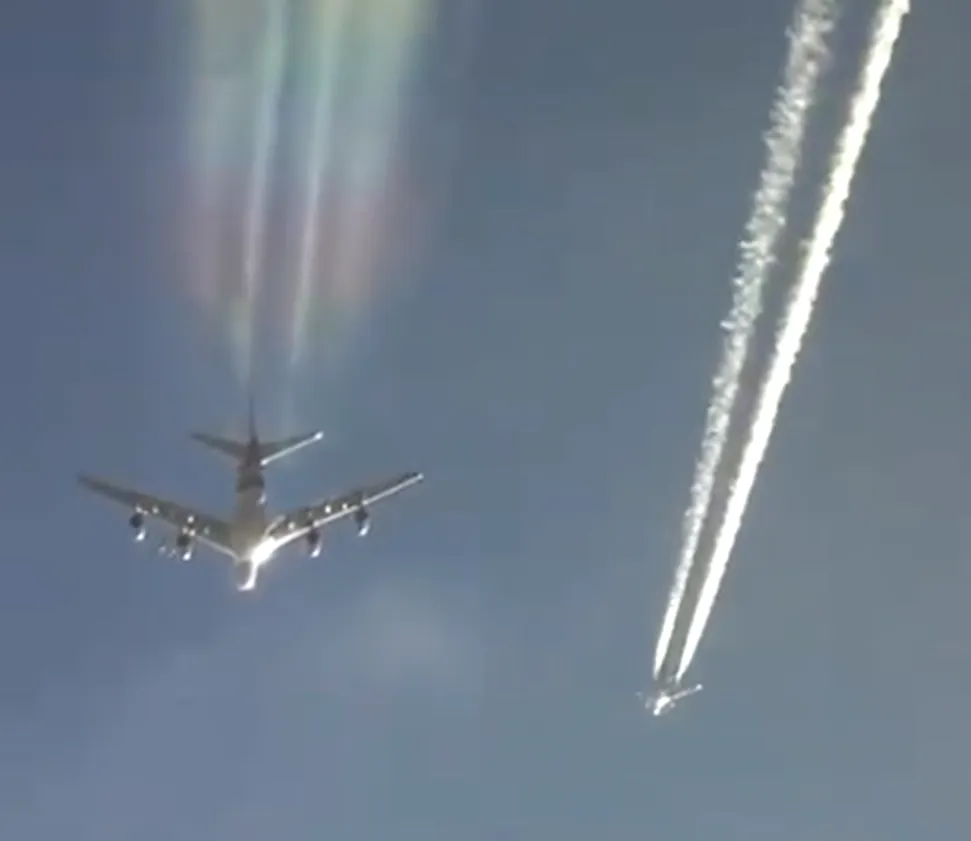
Outrageous infrastructure cost increases to hamper airline recovery says IATA
Oct 04, 2021

The International Air Transport Association has expressed concerns that significant increases in infrastructure costs could impede the recovery of the airline industry. Rising expenses associated with airport operations, air traffic management, and ground services threaten to strain airlines already struggling to rebound from the impacts of the pandemic. IATA emphasizes that these financial burdens could lead to higher ticket prices, reduced services, and slower growth, ultimately affecting consumer demand and the broader economic recovery. The organization calls for collaborative efforts among stakeholders to manage costs effectively and ensure a sustainable future for air travel.
The International Air Transport Association (IATA) has recently voiced concerns regarding the significant increases in infrastructure costs, which are projected to have a substantial impact on the recovery of the airline industry. These outrageous cost hikes are particularly worrisome as airlines strive to rebound from the devastating effects of the COVID-19 pandemic. The association highlighted several key areas where costs are escalating, which could potentially stifle the sector's recovery.
Key Factors Contributing to Rising Infrastructure Costs
In the wake of the pandemic, the airline industry is facing a perfect storm of challenges that includes increased infrastructure expenses. The following factors are primarily contributing to these outrageous cost increases:
- Labor Shortages: Many airports and airlines are grappling with a shortage of skilled labor, which is driving up wages and operational costs.
- Supply Chain Disruptions: Ongoing supply chain issues are causing delays and added expenses in procuring essential materials and equipment necessary for airport operations.
- Regulatory Compliance: New regulations aimed at enhancing safety and sustainability are leading to increased investment in infrastructure upgrades.
As these costs continue to escalate, the financial burden on airlines becomes heavier, complicating their efforts to achieve profitability in an already challenging environment.
Financial Implications for Airlines
Airlines are already operating on thin margins, and the surge in infrastructure costs poses a significant threat to their financial recovery. According to IATA, the following financial implications are expected:
| Impact Area | Projected Increase (%) | Comments |
|---|---|---|
| Airport Fees | 15-25% | Higher fees could lead to increased ticket prices. |
| Ground Handling Services | 10-20% | Increased labor costs will be passed on to airlines. |
| Fuel Costs | 5-10% | Fuel supply chain disruptions add to expenses. |
With these projected increases, airlines may need to reconsider their pricing strategies, potentially leading to higher fares for travelers, which could further reduce demand in an already competitive market.
Long-term Consequences on Airline Recovery
The long-term consequences of these outrageous infrastructure cost increases could be detrimental to the airline industry’s recovery trajectory. IATA warns that if these trends continue unchecked, we could see:
- Increased Ticket Prices: Higher operational costs will likely force airlines to raise ticket prices, making air travel less accessible.
- Reduced Capacity: Airlines may reduce flight schedules or routes to manage costs, leading to decreased competition.
- Delayed Investments: Airlines might postpone modernization and fleet investments, affecting their long-term sustainability and competitiveness.
Such outcomes could hinder the industry's ability to return to pre-pandemic levels of service and profitability, ultimately affecting travelers and economies that rely on air transport.
Mitigating the Impact of Cost Increases
To mitigate the impact of these rising infrastructure costs, the airline industry, along with regulatory bodies and airport authorities, must work collaboratively. Here are some strategies that could be implemented:
- Enhanced Collaboration: Airports and airlines must engage in constructive dialogue to find ways to share the financial burden of increased costs.
- Investment in Technology: Embracing technology can streamline operations and reduce costs in the long run, allowing for more efficient use of resources.
- Flexible Regulatory Frameworks: Governments should consider more flexible regulations that allow airlines to adapt more quickly to changing economic conditions.
By taking proactive measures, the industry may be able to cushion the blow of rising infrastructure costs and foster a more robust recovery.
Conclusion
The outrageous increases in infrastructure costs are undeniably a significant hurdle for the airline industry as it seeks to recover from the pandemic's impacts. IATA's warning serves as a critical reminder of the interconnectedness of various factors that influence the aviation sector. Stakeholders must come together to address these challenges, ensuring that the airline industry can continue to thrive in the face of adversity. The future of air travel depends on the industry's ability to navigate these cost increases while maintaining service quality and affordability for passengers.
Related Articles

Explore Thailand: The Best Islands to Visit for Paradise, Adventure, and Relaxation

The Ultimate Guide to the Best Islands in Thailand for Your Next Getaway

Do babies need passports? How to get a passport for a newborn

How to get a U.S. passport fast: here’s how to expedite the process

What is Mobile Passport Control: 5 reasons why you should use it

SENTRI vs. Global Entry: A detailed guide

Do you need a passport to go to the Bahamas? Let’s find out

Do you need a passport to go to Mexico? A detailed guide

Do you need a passport to go to Canada? We got the answer

Do You Need a Passport for a Cruise: An Essential Travel Guide

Booster Seat Requirements: All the Rules to Follow in Your Rental Car

What Are the World’s Most Powerful Passports, and How Does Yours Rank?

How to Take a Passport Photo at Home: A Helpful Guide

You've got to have heart! Southwest's new livery

Your opinion: Should water be free on low cost carriers?

Young women bolder than guys as solo travellers
